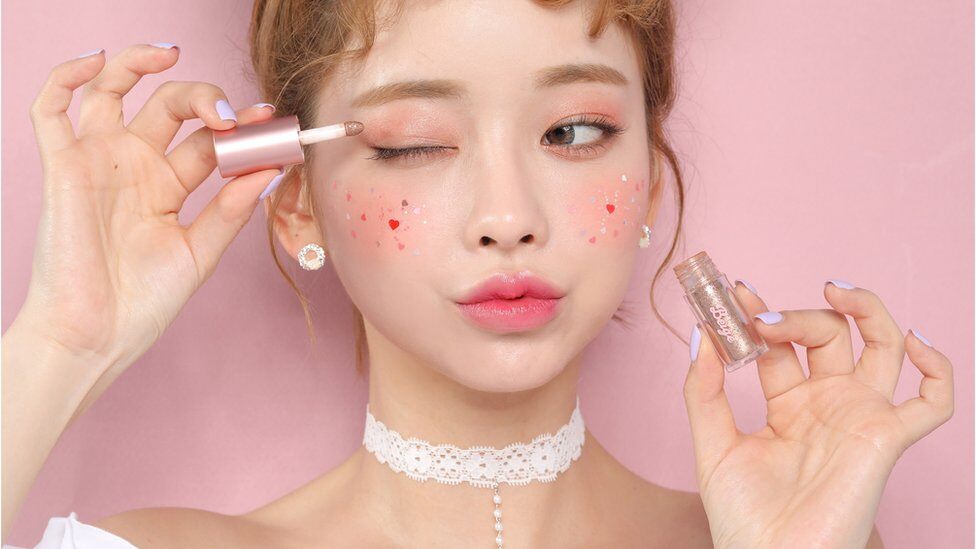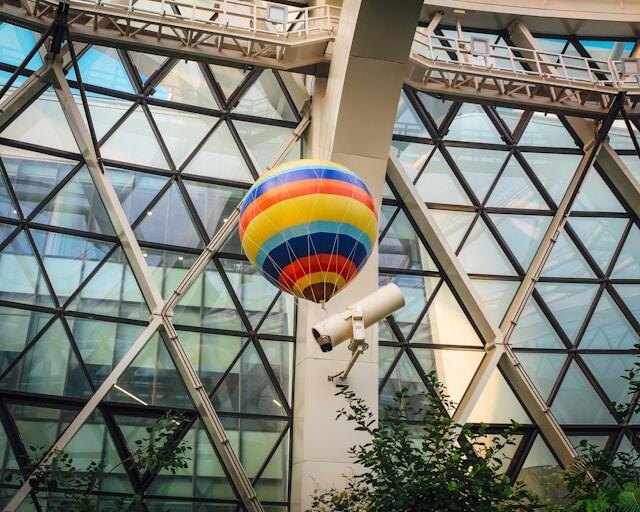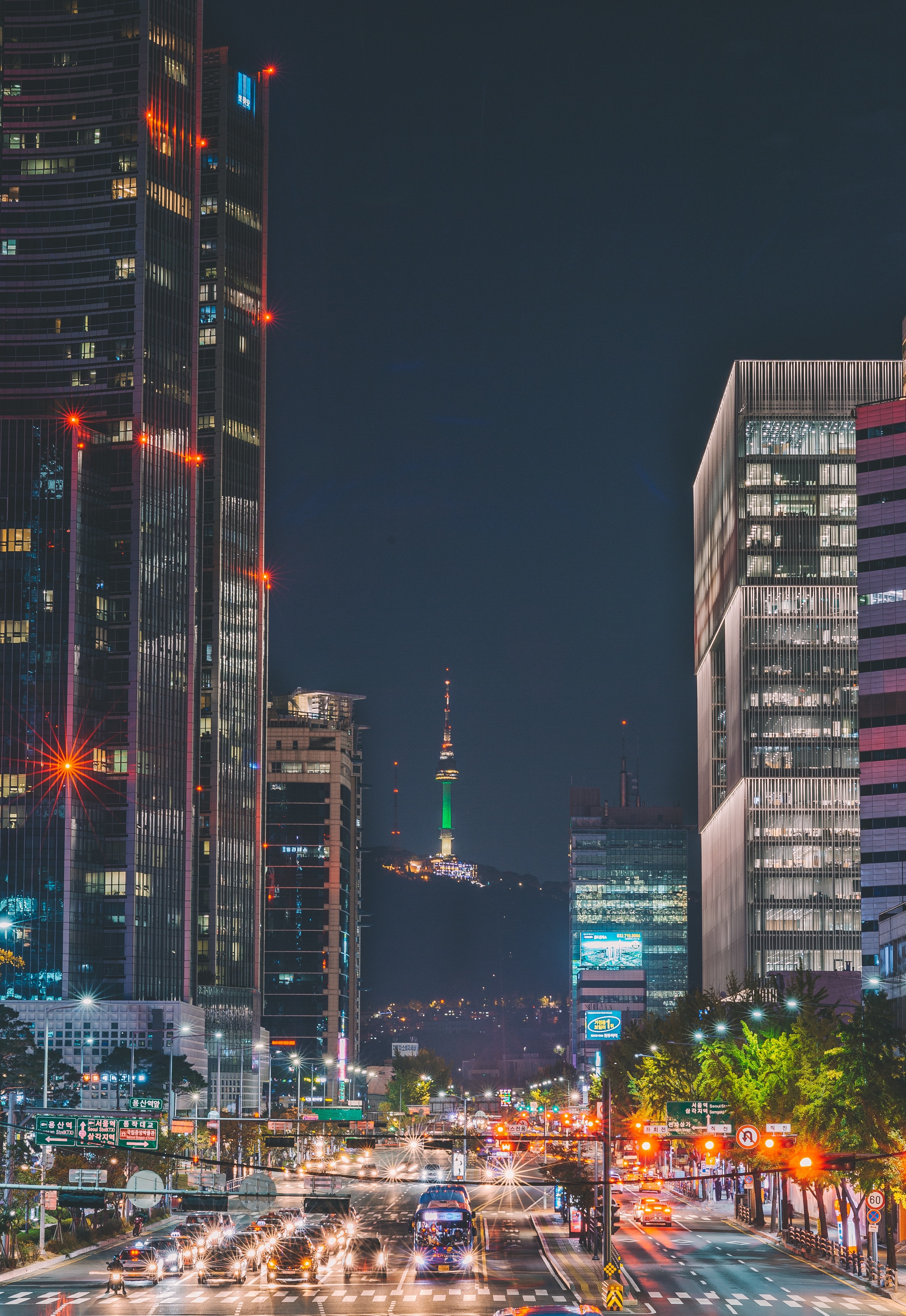How to Succeed in Korea's E-Commerce Market for Beauty and Fashion

Have you ever considered the potential for business growth in Korea's booming e-commerce market? Selling your products in this dynamic space can lead to substantial profits and a broader customer reach. With approximately 19 million consumers fulfilling their daily needs online, showcasing your products on platforms like Coupang can significantly boost your sales in Korea. Moreover, Korea ranks as the fourth largest e-commerce market globally, following China, the US, and the UK. This article explores the Korean e-commerce landscape and provides strategies for selecting beauty and fashion products.
Korean E-Commerce Overview
Korea holds the title of the fourth-largest e-commerce market globally, with projections indicating it could climb to third place by 2025, just behind China and the US. The rising demand for international goods is attracting many cross-border sellers, making Korea an increasingly popular hub for e-commerce.
As one of the most digitally connected countries worldwide, Korea prefers online shopping as its primary retail channel, with over half of retail transactions occurring online. Additionally, Korean consumers are avid mobile shoppers, with 72% of online purchases made through mobile devices.
Korea's tech-savvy population also drives a trend-conscious consumer culture, with shoppers eagerly embracing the latest styles. The country's dense population, coupled with the inconvenience of traditional rush-hour shopping, makes e-commerce an appealing alternative.
Beauty and Skincare Products in Korea's E-Commerce Market
For those in the beauty and skincare industry, selling products on Korea’s online platforms is a prime opportunity for expansion. In March 2024, South Korea imported $174 million worth of perfumery and cosmetics, primarily from France ($46 million), the United States ($30.2 million), Japan ($16.4 million), China ($14.2 million), and Thailand ($9.49 million).
What fuels the popularity of skincare and beauty products in South Korea? The country's beauty standards emphasize clear, glowing skin, leading to strong demand for skincare solutions. The famous Korean skincare routine, which can involve 7 to 12 steps, creates a substantial market opportunity for sellers. However, given the intense competition in the Korean beauty sector, sellers need to effectively market their brand and unique value propositions to succeed.
In 2023, several skincare and makeup trends dominated the Korean beauty scene. Clean beauty, featuring products free of harmful chemicals, has gained widespread popularity. Additionally, dewy makeup and the no-makeup look, characterized by well-moisturized skin and natural appearance, are in vogue. The top three beauty trends in Korea include clean/vegan beauty, derma cosmetics, and organic/natural cosmetics.
High search volumes indicate consumer interest in products like sunscreen, eyelash enhancers, hair removal creams, dandruff shampoos, and moisturizers for the face, hands, and eyes. Popular keywords include sunscreen, mask packs, men’s cleansers, collagen mask packs, sunblock, foam cleansers, shampoo bars, ampoules, and women’s cleansers.
Fashion Products in Korea’s E-Commerce Market
For fashion sellers looking to expand into Korea, understanding the country’s e-commerce landscape is crucial. Online shopping is deeply integrated into the daily lives of Korean consumers, who purchase everything from essentials to the latest gadgets on platforms like Coupang. Fashion is a particularly sought-after category, presenting a lucrative opportunity for sellers. Remarkably, over 58% of Coupang’s customers shop for fashion items on the platform. Luxury brands such as Nina Ricci, Giambattista Valli, JW Anderson, Gant, and Repetto have already chosen Coupang as a sales channel. Additionally, luxury fashion houses are increasingly partnering with K-pop idols as brand ambassadors, with examples like Jisoo of BlackPink for Dior and RM of BTS for Bottega Veneta, highlighting the growing appeal of foreign luxury brands among the youth.
In the summer of 2023, Korean consumers showed a preference for fashion staples like Tommy Hilfiger knit sweaters, Ralph Lauren collared shirts, rain boots, Chanel sandals and bags, and BaoBao tote bags. Popular items included summer essentials like rain boots, sandals, and short-sleeve shirts, as well as luxury handbags and purses.
Fashion trends in 2023 have been influenced by the resurgence of Y2K fashion, driven by Gen Z consumers, along with the nostalgic revival of beloved animated characters like Hello Kitty and Sailor Moon. Fashion trends typically cycle every five to ten years, and the current trend has brought back the late 1990s to early 2000s Y2K fashion. Data from Kakao Style’s Zigzag app showed a significant increase in Y2K-related searches, reflecting renewed interest in iconic Y2K elements like low-rise pants, cable-knit sweaters, crop tops, varsity jackets, vibrant colors, and denim-on-denim looks.
Conclusion
As you consider entering Korea's e-commerce market, you might be curious about the costs involved in selling on platforms like Coupang. Notably, Coupang does not charge any sign-up fees, allowing sellers to register for free. Once sales are generated, a 10.5% commission applies. Additionally, selling branded products on Coupang requires proof of distribution channels, ensuring authenticity and genuine offerings.
Contact us for expert support. At Pearson & Partners Korea, we specialize in optimizing business processes. With our extensive experience in advising on company establishment in Korea, we are ready to guide you through the complexities of launching your online business in South Korea.
.png?width=1656&height=121&name=rsz_%EB%A1%9C%EA%B3%A0%ED%88%AC%EB%AA%85%20(8).png)

